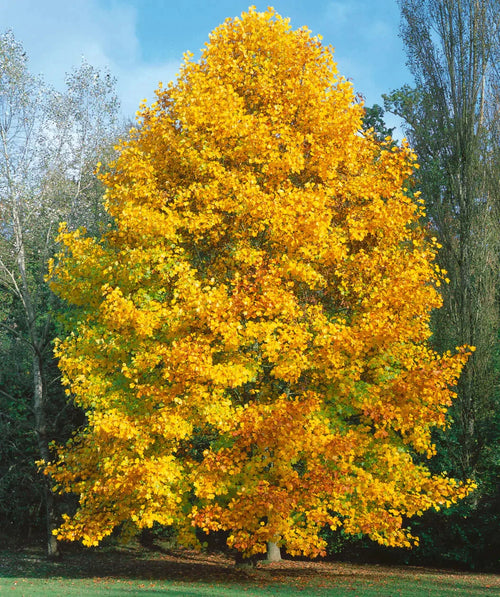What Is A Tulip Tree?
Tulip Trees, Also Known As Liriodendron Tulipifera, Are Deciduous Trees That Belong To The Magnolia Family. They're Native To Eastern North America, And They Grow Over 90 Feet Tall.
How Do You Take Care Of A Tulip Tree?
You'll Want To Water Them Deeply Weekly During The Summer Months. In The Fall, Make Sure To Keep Their Leaves Clean By Raking Off Any Debris That May Have Fallen Onto Them. And In Winter, Protect Your Tree By Wrapping Its Trunk With Burlap Or Straw.
How Much Sunlight Can Tulip Trees Take?
Tulip TreesPrefer Full Sun Or Partial Shade When Planted In The Ground. If Planted In Containers Or Planters On A Porch Or Patio, However, They Will Do Fine With Just Partial Shade Throughout Most Of The Day.
Do Tulip Trees Back Up Every Year?
Yes! They Lose Their Leaves And Grow Them Back Every Year, Just Like Other Deciduous Trees Do.
What Does A Tulip Tree Look Like?
Tulip Trees Are Mostly Round, With A Few Branches That Grow Out From The Center. They Have Smooth, Gray Bark And Bright Green Leaf That Turn Yellow In The Fall.
Where Do Tulip Trees Grow?
Tulip Trees Grow Best In Mild, Frost-Free Climates. They Are Found Growing In USDA Hardiness Zones 6 Through 8.
What Are The Environments in Which Tulip Trees Grow In?
The Tulip Tree Prefers Moist, Sandy Loam Soil With A Neutral PH Level Of 4.5 To 7.5. It Will Tolerate Poor Soil, Provided That It's Well-Drained And Rich In Organic Matter.
Are Tulip Trees Toxic?
The Tulip Tree Is Known To Be Poisonous, Particularly Its Seeds. If You Think Your Child Or Pet May Have Consumed Any Part Of A Tulip Tree, Take Them To The Doctor Immediately.
How Do You Grow Tulip Trees?
Tulip Trees Are Very Easy To Grow, And They Can Thrive In Almost Any Soil. They Like A Sunny Spot And Regular Watering, But They Will Grow In The Shade, Too.
How Do You Care For A Tulip Tree?
Tulip Trees Need Regular Watering During Their First Year After Planting. After That, They Are Drought-Tolerant. If The Tree Has Been Planted In A Container, Water It Until The Ground Freezes For The Winter.
How Did Tulip Trees Get Their Name?
The Name Tulip Tree Comes From Its Blossoms, Similar To Those Of The Common Garden-Variety Tulips.



















































